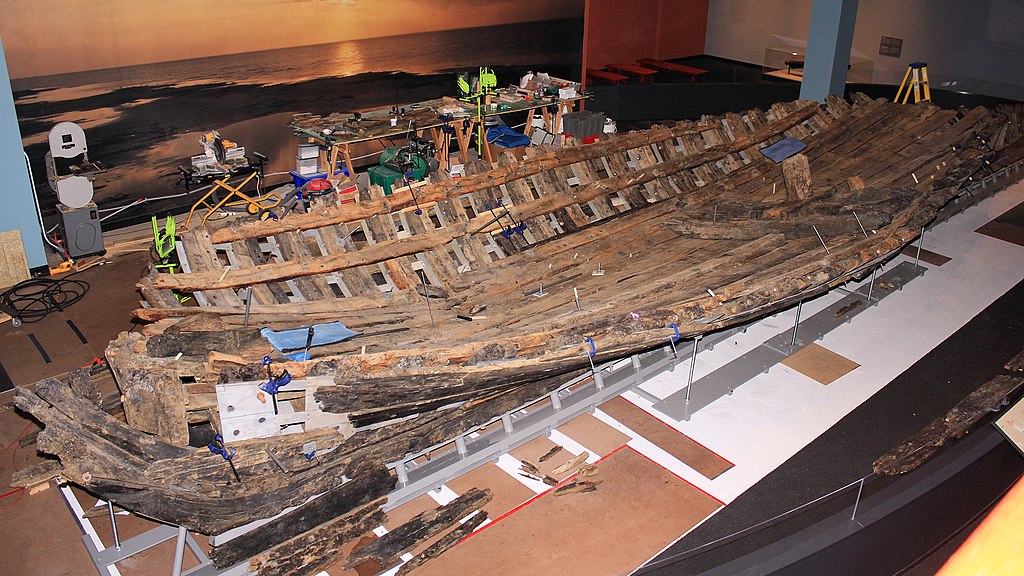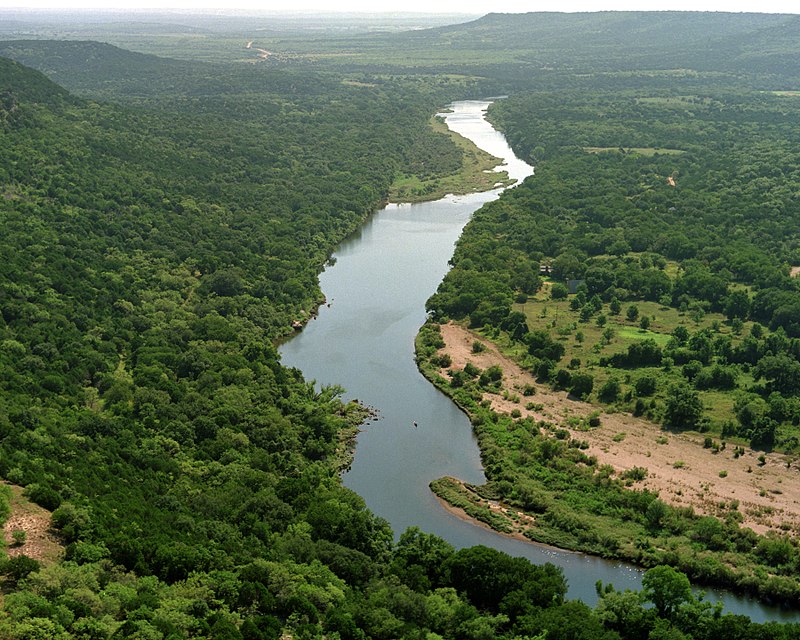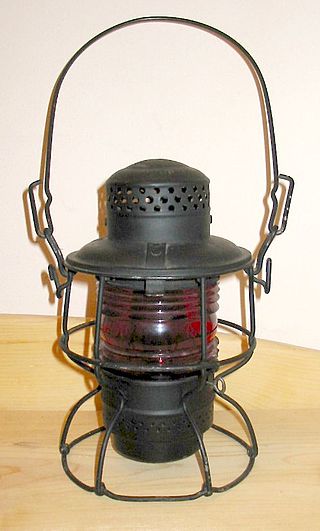Discover the state’s rich maritime history at the Texas Maritime Museum, from the days of Spanish and French exploration and settlement to the modern search for oil. Explore the long and varied history of the Texas coast at the state’s official maritime museum. A large collection of antique outboard motors, a fishing exhibit, and original watercolors of Texas lighthouses by artist Harold Phenix are among the attractions.
A Brief History
The Texas Maritime Museum began at the Rockport Seafair Festival in the late 1970s. Maritime enthusiasts displayed their motors, fishing equipment, and mounted fish. The Museum was established by a few dedicated community members and first opened on July 1, 1989.
In 2007, the Texas Legislature made the Texas Maritime Museum the state’s official maritime museum. It receives no federal or state funding. It’s a 501(c)3 non-profit that relies on patrons, members, and fundraisers.
August 5, 2005, marks the Museum’s accreditation by the American Alliance of Museums. The Texas Maritime Museum met the highest standard of excellence and achievement through leadership, professional operation, and commitment to institutional improvement. Only 5% of Texas museums are accredited.
The museum’s commitment to excellence continued with the completion of the Robert J. Hewitt/ O’Connor Hewitt Foundation Maritime Collections and Education Center. The exterior was completed in May 2009, while the interior in April 2012. The new facility added a 1,200-square-foot education space and expanded collection space.
The Museum’s Mission
Exciting and enlightening the public about the maritime history and artifacts of Texas is one of the primary goals of the Texas Maritime Museum. Recounting Texas maritime history through artifacts, documents, and other materials of unique or historical value; and exhibiting items to further the public interest, knowledge, understanding, and appreciation of such material and related historical background are the goals of the museum. The museum’s purpose is to offer a variety of experiences to children and adults by collecting, preserving, and interpreting items of historical interest for educational purposes. Just like engaging in some fun activities to do in Port Aransas, this place offers historical, educational, and fun-filled activities that visitors will surely be excited about.
Some of its Exhibits
1. The La Belle Ship Scale model
La Belle was one of Robert de La Salle’s four ships when he embarked on his doomed mission to establish a French colony at the mouth of the Mississippi River in 1685 and explored the Gulf of Mexico. His mission was ultimately unsuccessful. The following year, the ship La Belle was lost in what is now known as Matagorda Bay, which ultimately led to the failure of La Salle’s Texas colony. Before a group of state archaeologists came across it in 1995, the remains of the shipwreck known as La Belle had lain undiscovered for decades. The major excavation was conducted by the state of Texas in response to the finding of La Salle’s flagship, which was considered to be one of the most significant archaeological finds in Texas during the 20th century. This excavation took approximately one year to complete, and it resulted in the recovery of the entire shipwreck as well as more than one million artifacts.
The Texas Maritime Museum, designated the “Official Maritime Museum of Texas” by the Texas Legislature in 1987 and opened its doors to the public in 1989 and has been expanding, collecting, and exhibiting artifacts ever since. The shipwreck of the French Vessel La Belle, which occurred in 1686 and was discovered in Matagorda Bay in the mid-1990s, is the subject of one exhibit. Over 1.6 million artifacts, including candlesticks, pottery, utensils, cannons, numerous trade goods, and military supplies, were discovered inside the ship in pristine condition.
2. The Whittaker Capsule
You will also find the Whittaker Capsule, which serves a purpose and functions similarly to that of the lifeboat in that it is intended to provide offshore oil rig crews with an emergency escape vehicle. There was room for twenty-eight people inside of the Whittaker survival capsule. A lever on the inside was used to manually release the pod, and it was located next to the cover for the top hatch. When it was time to deploy the pod in the event of an emergency, such as a fire or explosion on an oil rig, it would descend into the water at a depth of approximately 50 feet. After an incident in the early 1970s that resulted in multiple deaths, the Whittaker capsule that had been designed to serve as an emergency safety vehicle was eventually phased out.
3. The Karankawa People
The Karankawa lived mainly in the lower Colorado River and Brazos River valleys in southern Texas along the Gulf of Mexico. They were seasonal nomads who shared a language and culture. They fought the Spanish from the start of European colonization. After the Spanish ambushed Karankawa after establishing Presidio La Baha in 1722, they felt “deeply betrayed” and viewed the Spanish colonial settlement with hostility.
Stephen Austin commissioned a captain to expel the Karankawa from the Austin land grant in the 1820s, leading to multiple attacks, including the Skull Creek massacre of 19 Karankawa. In the 1840s, the exiled Karankawa split into two groups, one settling on Padre Island and the other in Tamaulipas. Juan Nepomuceno Cortina led a group of Mexicans and Texans against Karankawa’s last known refuge in 1858, killing many. By 1891, the Karankawa no longer existed as a tribe.
4. The Brazos River Lighthouse
Texas’s Brazos River which is the original location for this light station was on the canal’s banks near the Brazos River’s mouth, and borings were made in January 1894 to determine the character of the foundation soil. It was claimed that the construction of light buildings would infringe on the rights of the canal’s owner. As a result, the condemnation proceedings that had begun have been halted, and the subject of a new location is now being considered. The light-station plans have been completed. The precise location of the range beacon and fog bell has yet to be determined and will not be until the jetties are far enough along in construction to allow the beacon and fog signal to be placed near the outer end of the south jetty.
5. The Post Lantern for River Navigation
It wasn’t until 1874 that the United States Lighthouse Service started lighting important rivers, which made it possible for ships to navigate safely at night for the first time. Lights that burned kerosene and were known as post lanterns were used to mark the channels of rivers that could be navigated. The light had to be adjusted quite frequently because the river channels were constantly moving. In most cases, they were affixed to straightforward posts, modest rafts, or were hung from trees. In order to tend to a number of lights, keepers who only worked part-time used small boats. They would light them up each evening and then move them so that they would adapt to the shifting conditions of the river.
Camps at the Texas Maritime Museum
Campers will go on a local field trip to the Fulton Mansion, learn about aquatics from Captain Whitney’s Floating Tank, and spend the morning learning how to build sandcastles from, “The Sand Guy.” You will enjoy looking at your friend having with their activities. You can also find camps for your children who want to play, learn, and explore at the Texas maritime museum just like the exciting activities that you can do at the campsites of Padre Island National Sea Shore where you can enjoy bird watching, fishing, and basking in the sun. They will have a good time participating in activities and crafts that are based on STEM and STEAM. Every activity is tailored to the appropriate grade level, ranging from Pre-K to fifth grade. One camp week is reserved specifically for each grade level.




